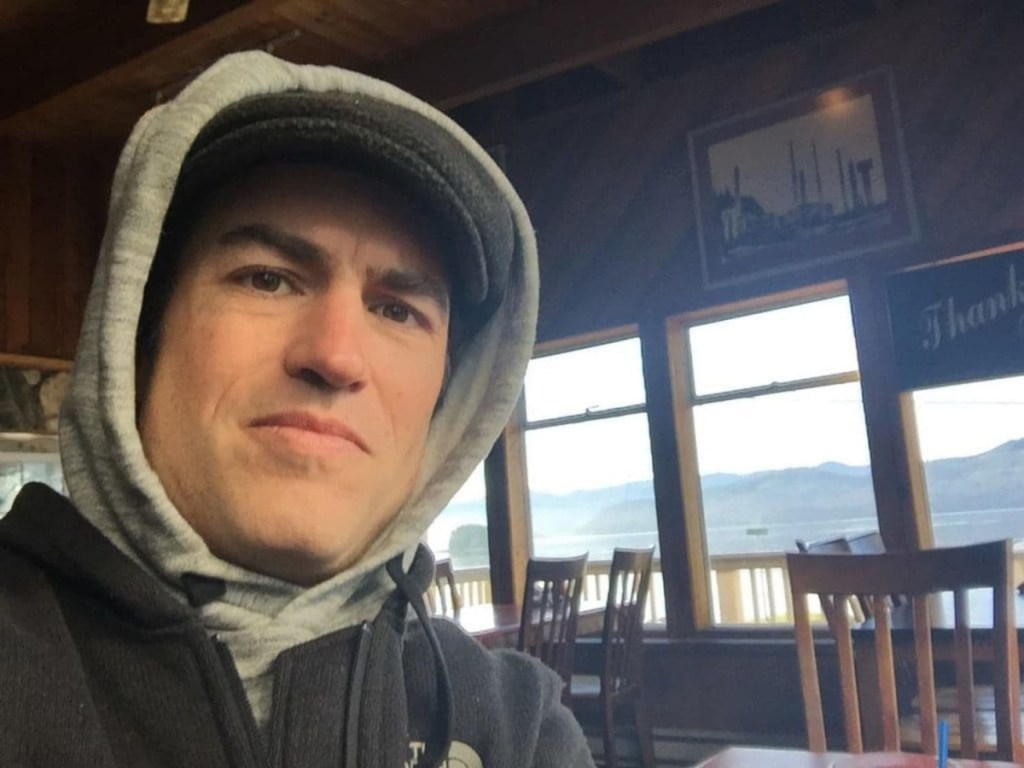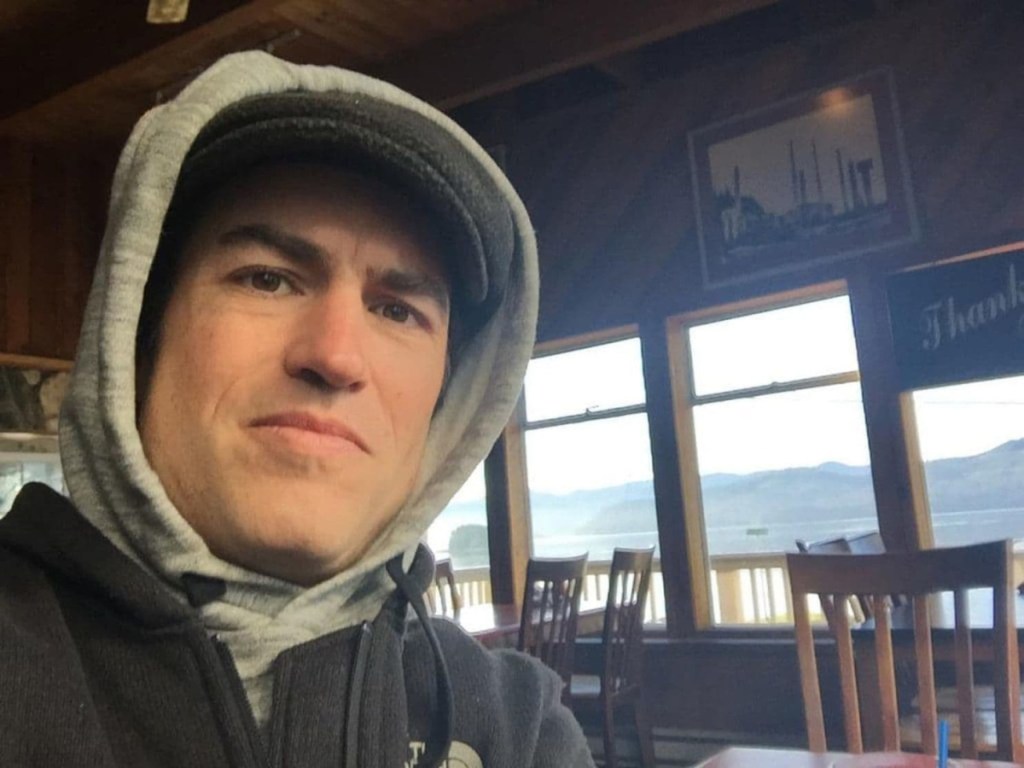It was October 2013 when Sebastian Woodroffe decided to quit his job and leave his home in Canada to study plant medicine in Peru. A relative’s battle with alcoholism had inspired him to “fix the family’s spirit” and pursue a career as an addictions counselor, he said in a YouTube video.
Woodroffe, then a 36-year-old father of a 4-year-old boy, began raising money for an apprenticeship with traditional healers in the Amazon. He felt a responsibility to “support this culture and retain some of their treasure in me and my family, and share it with those that wish to learn,” he wrote on a fundraising page. He was particularly interested in experiencing ayahuasca, a sludgelike hallucinogenic potion used by indigenous shamans in spiritual exercises.
It’s not entirely clear what happened in the years that followed, or whether the Canadian tourist found the healing for which he was searching in the Peruvian Amazon. But late last week, this Canadian tourist’s name and face somehow landed on a wanted poster accusing him of murdering a beloved shaman and indigenous activist in a remote rain forest in northeastern Peru.
Enraged members of the indigenous community appear to have taken matters into their own hands. Peruvian authorities say a mob of locals in the Amazonian region of Ucayali lynched Woodroffe before burying him in a makeshift grave.
A cellphone video that emerged in local news outlets shows a man being dragged through the mud by a cord wrapped around his neck. He moans and pleads for mercy before lying motionless in the dirt.
Police found the buried corpse and identified it as Woodroffe’s body, Peru’s interior ministry said Saturday, vowing to pursue an aggressive investigation into both his killing and that of the shaman, Olivia Arévalo Lomas, a respected member of the Shipibo-Konibo tribe in her 80s.
Woodroffe’s body was buried less than a mile from Arévalo’s home, and an autopsy revealed he died by strangulation after being beaten, Ricardo Palma Jimenez, the head of a group of prosecutors in Ucayali, told Reuters. His body has been transferred to a morgue in the nearby town of Pucallpa, the interior ministry said.
“We want the people of the Amazon to know that there is justice,” Jimenez told a Peruvian TV news station, “but not justice by their own hands.”
The killing of Arévalo, a respected indigenous-rights activist, spurred outrage within her tribe and across Peru, particularly in light of many recent unsolved killings of environmental and human rights activists in the region. The Amazon was cited as one of the regions worldwide with the most killings of activists, particularly indigenous activists, according to a 2016 study by the environmental watchdog group Global Witness. These disputes often arise over mining, agribusiness, logging, and dam projects.
Locals told an indigenous news outlet that witnesses saw Woodroffe shoot Arévalo multiple times after she sang an ikaro, or curing song. He then fled, residents alleged, prompting Arévalo’s family members to post a “wanted” bulletin online and on Facebook, showing Woodroffe’s photo, identifying him by name and nationality, and offering a reward.
Ricardo Franco, Arévalo’s nephew, described her to a Peruvian TV station as “the mother that protects the earth in the jungle” and “the most beloved woman” in the tribe.
Ayahuasca retreats have become immensely popular among foreign tourists.
Send questions/comments to the editors.




Success. Please wait for the page to reload. If the page does not reload within 5 seconds, please refresh the page.
Enter your email and password to access comments.
Hi, to comment on stories you must . This profile is in addition to your subscription and website login.
Already have a commenting profile? .
Invalid username/password.
Please check your email to confirm and complete your registration.
Only subscribers are eligible to post comments. Please subscribe or login first for digital access. Here’s why.
Use the form below to reset your password. When you've submitted your account email, we will send an email with a reset code.